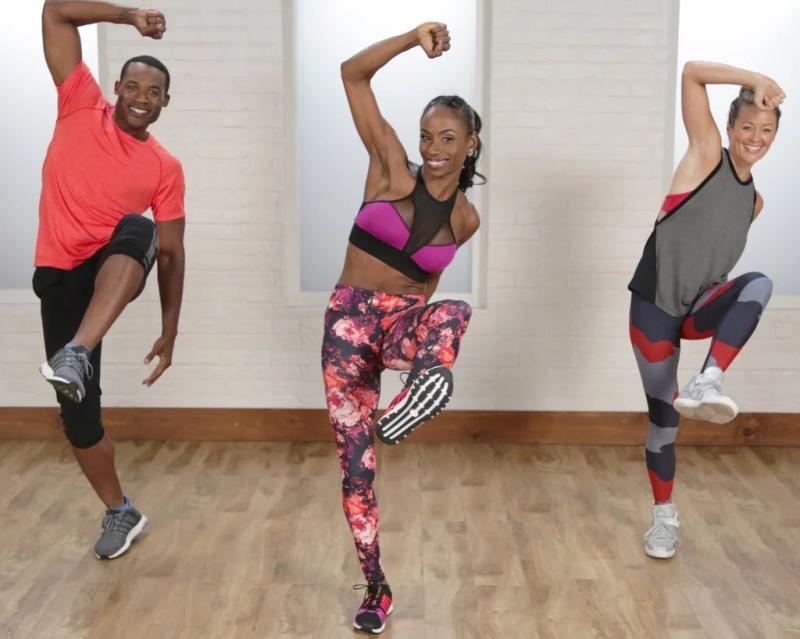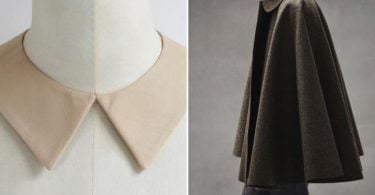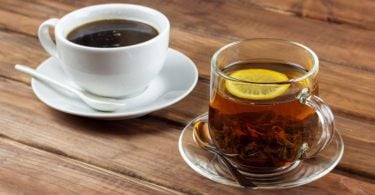Dance workouts and martial arts workouts provide physical exercise and skill development, but they emphasize different aspects. The primary emphasis of dance workouts is on rhythm, body expression, and flexibility. Often focusing on cardiovascular fitness, body coordination, and muscle conditioning, they involve choreographed movements performed to music. Different dance styles feature a range of intensities and techniques, from the grace and precision of ballet to the vigor of Zumba. Dance workouts are more creatively expressive and free-flowing, fostering a fun, uplifting environment.
In contrast, martial arts workouts focus on self-defense techniques, discipline, and strength development. Focusing on precision, control, and self-mastery, they incorporate strength training, cardiovascular conditioning, balance, and flexibility. Kicks, strikes, throws, and grappling are examples of techniques. In addition to physical fitness, martial arts exercises typically foster a more structured, disciplined environment by emphasizing mental fortitude and respect for traditions. Dance workouts provide an expressive, rhythmic approach to fitness, whereas martial arts workouts emphasize disciplined self-defense techniques and strength development. Both can be enjoyable ways to develop physical fitness and mental toughness, and the best option depends on the individual’s preferences and fitness objectives.
What are Dance Workouts?
Dance workouts are a way to work out that mixes dance moves with fitness moves. They use choreographed dance moves to songs meant to improve cardiovascular health, muscle tone, flexibility, balance, and coordination. Different dance styles have different difficulty levels and skills, so people of all fitness levels and tastes can use them.
Dance workouts are often as much about having fun and expressing yourself as they are about getting fit. This makes them appealing to many people who don’t find traditional exercise as interesting. Dance workouts can be high-energy, like Zumba or Hip-Hop dance, or slow and controlled, like belly dancing or barre. They can be a fun way to get fit, burn calories, and feel better about your body.
Dance workouts are suitable for your body but also good for your mind and emotions. They can help relieve stress, improve your happiness, and make you feel better about your body. The social part, whether in a classroom or online, gives people a feeling of community and friendship. Ultimately, dance workouts are a well-rounded way to stay healthy and happy because they combine physical activity with creation and socializing.
What are Martial Arts Workouts?
Martial arts workouts are ways to get in shape based on the concepts and techniques of different types of martial arts. These workouts aim to improve strength, flexibility, balance, agility, heart health, and self-defense skills. Many martial arts workouts also help mental and emotional growth by focusing on self-discipline, respect, concentration, and confidence.
The workouts include kicking, punching, throwing, grappling, and other fighting moves, as well as strength training and cardio conditioning. Depending on the martial art, workouts can be high-intensity and fast-paced, like in kickboxing or Muay Thai, or more measured and controlled, like in Tai Chi or Aikido. Some types, like Brazilian Jiu-Jitsu, focus more on grappling and submissions on the ground, while others, like Taekwondo, focus more on high kicks and quick footwork.
In addition to the physical parts, martial arts workouts are known for being organized and strict. They usually involve learning “forms,” which are sets of moves, and a ranking system, usually shown by colored belts. Because of this structure and the martial mindset that is part of each style, martial arts workouts are not just a way to get in shape; they are also a way to grow as a person and master yourself.
Difference Between Dance Workouts and Martial Arts Workouts
Dance workouts are great for your heart and your flexibility because they use organized movements set to music. They are typically more spontaneous, imaginative, and intent on fun and self-expression. Conversely, martial arts workouts emphasize self-control, physical fitness, defensive skills, and perseverance. Strength, cardio, and fine motor control are all developed in a controlled, conventional setting. Dance workouts provide an expressive, rhythmic approach to fitness, whereas martial arts workouts provide a disciplined path to physical strength and self-mastery. While both aim to improve physical health, they use very different approaches. We’ve compared dance workouts to martial arts training and outlined the key differences below.
Discipline Orientation
While martial arts workouts emphasize self-defense, discipline, and mental fortitude, dance workouts are built on free expression and rhythm.
Technique
Martial arts workouts incorporate kicks, punches, throws, and grapples, among other self-defense moves, while dance workouts focus on choreographed motions.
Music Use
Most dance workouts use music as an essential part of the practice, but martial arts workouts sometimes need music.
Structure
While martial arts workouts frequently involve strict sequences or “forms,” dance workouts are more open to improvisation and experimentation.
Fitness Emphasis
Dance workouts usually try to improve cardiovascular fitness, flexibility, and body coordination. On the other hand, martial arts workouts stress strength, flexibility, balance, coordination, and self-defense skills.
Social Aspect
In contrast to dance workouts, martial arts workouts frequently include a rank or grading system and emphasize individual discipline and respect for tradition.
Mindset
Most dance workouts aim to help participants have fun, get expressive, and de-stress. Martial arts workouts build self-discipline, focus, and self-confidence.
Physical Intensity
Dance workouts can range from high-energy dances like Zumba to more controlled dances like ballet, and martial arts workouts generally include high-intensity strength and conditioning elements.






